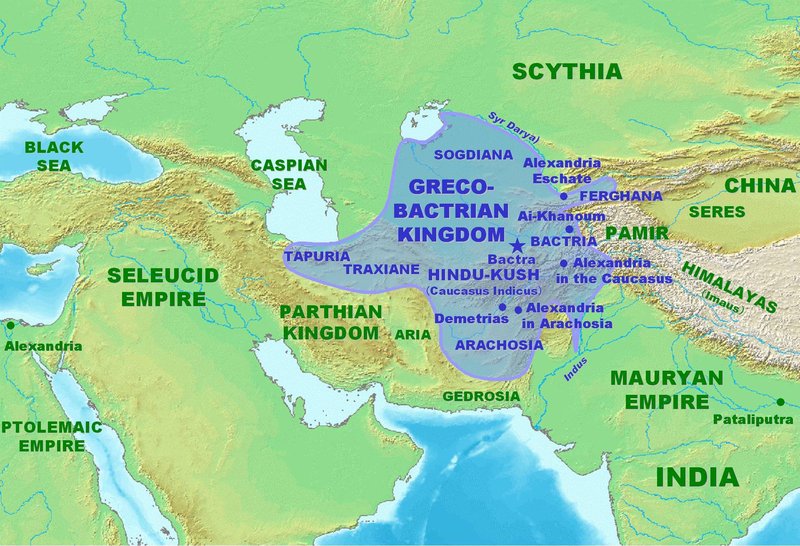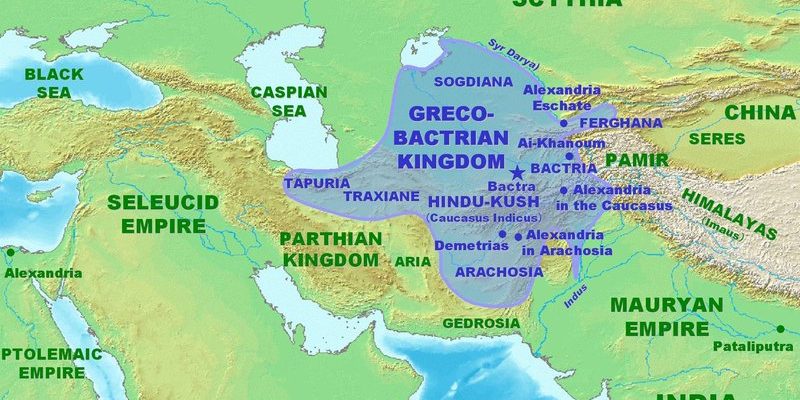
Bactrian camels are native to Central Asia, especially regions like Mongolia and China. They’ve adapted to extreme cold and dry conditions, making them incredibly unique among camels. Just as some people thrive in bustling city life while others find peace in the countryside, these camels have carved out their niche in the rugged landscapes of their native habitats. Let’s dive into how they came to be and what makes them so special.
Origins of the Bactrian Camel
The story of the Bactrian camel begins millions of years ago. These camels belong to a group of animals known as Camelidae, which also includes llamas and alpacas. Fossil evidence suggests that camels originated in North America around 40 million years ago. Over time, they migrated across land bridges to South America and Asia.
You might be wondering, “How did they end up with two humps?” The answer lies in adaptation. As camels spread into various environments, those that moved into the harsher climates of Central Asia evolved to develop two humps. These humps are crucial for storing fat, which the camels can metabolize when food and water are scarce. Imagine packing your backpack for a hiking trip; Bactrian camels have evolved to carry their own supplies!
Physiology Adaptations
What sets the Bactrian camel apart isn’t just their humps, but a whole suite of unique physical adaptations. For starters, their thick double coat keeps them warm during freezing winters. This insulating layer is composed of long outer hairs that repel water and a softer inner fur that traps heat.
But that’s not all; their bodies have also adapted to conserve water incredibly efficiently. In fact, a Bactrian camel can survive without water for up to a week! Here’s the thing: this ability is crucial for survival in such arid regions. Their unique physiology includes a specialized circulatory system that helps them regulate body temperature. You could say they’re nature’s ultimate survivalists in the face of extreme conditions.
Historical Significance
Throughout history, the Bactrian camel has been more than just an animal; it has been a lifeline for many cultures. Known as the “ships of the desert,” these camels have been essential for transportation and trade. The Silk Road, the ancient trade route connecting East and West, relied heavily on Bactrian camels to transport goods like silk, spices, and precious metals.
Imagine traders journeying across vast deserts, relying on these sturdy camels to carry their loads. They provided not just a means of transportation but also companionship and sustenance. The Bactrian camel’s ability to travel long distances without food or water made it invaluable in these ancient times. So, when we talk about their evolution, we’re also discussing how they’ve shaped human history.
Current Conservation Status
Today, the Bactrian camel faces numerous threats, primarily due to habitat loss and climate change. Their populations have significantly decreased, with estimates suggesting there are only about 1,000 wild Bactrian camels left. This situation raises urgent questions about conservation efforts and the importance of preserving biodiversity.
Here’s where it gets interesting. There are two types of Bactrian camels: the domestic ones, which are more common, and the critically endangered wild Bactrian camels. Conservationists are working diligently to protect their habitats and educate local communities about the importance of this species. Without these efforts, we risk losing a crucial part of our natural heritage—something that has adapted and survived for centuries.
Bactrian Camels in Culture
Bactrian camels have left a mark not just in history but also in various cultures. They are often depicted in art, literature, and even mythology. In Mongolian culture, they hold a special place as symbols of resilience and strength.
Take, for instance, the traditional Naadam Festival, where camels are often featured in races. This event isn’t just about competition; it’s a way for communities to celebrate their heritage and recognize the vital role camels play in their lives. Whether as a means of transport or as a source of wool and milk, Bactrian camels have been woven into the very fabric of life in Central Asia.
Comparing Bactrian and Dromedary Camels
You might know about dromedary camels, which have only one hump. So how do Bactrian camels stack up against their single-humped cousins?
– Humps: Bactrian camels have two humps, while dromedaries have one. This difference is primarily due to the distinct environments they evolved in.
– Habitat: Bactrians thrive in cold, desert-like conditions of Central Asia, while dromedaries are more suited to hot deserts like the Sahara.
– Physical Build: Bactrian camels tend to be larger and stockier compared to the more slender and tall dromedaries.
While both types of camels are well-adapted to their environments, understanding these differences helps us appreciate the incredible diversity among camel species.
Final Thoughts on the Bactrian Camel
The evolution of the Bactrian camel is a captivating tale of survival, adaptation, and cultural significance. These remarkable creatures are not just part of the animal kingdom; they’re also a mirror reflecting human history and resilience. As we learn about their journey, we also gain insights into the importance of conservation and the need to protect such unique species that have stood the test of time.
As you ponder all this, consider the Bactrian camel the next time you see a camel in a book or a documentary. They aren’t just animals; they’re symbols of endurance and historical links to human civilization. By understanding their evolutionary history, we can better appreciate the rich tapestry of life that surrounds us.

